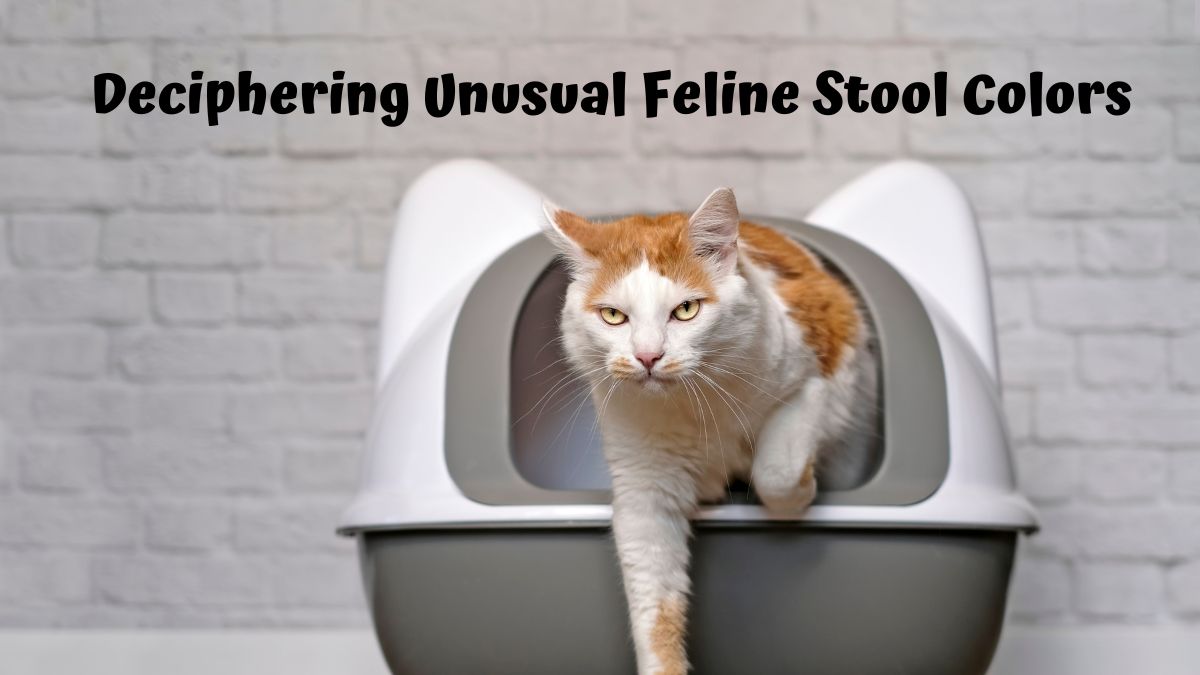“Cat Poop is White: Deciphering Unusual Feline Stool Colors” explores the critical signals of health issues in cats, highlighting white or clay-colored stool as a red flag.
It focuses on severe infections and problems in the lower gastrointestinal tract.
This article emphasizes the role of diet change and incorporating enough fiber to safeguard your cat’s digestive health.
By decoding these changes in stool color, cat owners can detect early signs of illness and understand when a diet adjustment is necessary or when to seek veterinary intervention for potential severe infections.
Read on to gain essential insights into maintaining your cat’s health.
Understanding Cat Poop Coloration

Cat stool color can indicate a cat’s health status. White poop can suggest an underlying health issue.
Interpreting White Cat Poop
White or unusually light-colored cat poop often stands out and can indicate a problem.
Healthy cat poop generally has a deep brown color, which results from bile salts in the digestive tract.
White cat poop, on the other hand, may lack bile, suggesting a bile duct obstruction.
Causes of Abnormal White Stool
A variety of medical issues can result in abnormal white stool in cats. Some causes include:
- Liver issues: Compromised liver function can hinder bile production.
- Gallbladder problems: Obstructions in the gallbladder can block bile flow.
- Dietary factors: Consuming non-digestible items may lead to white feces.
- Internal parasites: Worms or other parasites can impact stool color.
Veterinary intervention is crucial to determine the cause and provide appropriate treatment for cats displaying this abnormality in their stool.
Signs of Health Issues in Cat Stool

Observing a cat’s stool can provide vital insights into their health condition. Significant changes in the stool can indicate various health issues.
Indicators of Digestive Health
White feces in cats can signal serious health concerns.
Typically, stool color reflects the cat’s diet and hydration levels, but white or clay-colored stools may indicate liver disease or biliary obstruction, which prevents bile from reaching the intestines.
Bile is usually responsible for stool’s brown color; its absence can result in lighter-colored feces.
- Consistency and Shape: Normal feline stool should be well-formed and moist. Soft, runny, or watery stools can point to issues such as infections, parasites, or inflammatory bowel disease (IBD).
- Mucous or Blood: The presence of mucous or blood, incredibly dark, tarry blood, can indicate internal bleeding or other gastrointestinal problems.
- Odor and Frequency: A significant increase in odor or a change in defecation frequency may warrant a health check, as it could suggest underlying conditions affecting the cat’s digestive system.
When to Seek Medical Attention
Cat owners must monitor any changes in their pet’s elimination habits and stool appearance. For instance:
- Persistent Changes: If alterations in stool color or consistency last more than one or two bowel movements or recur intermittently, it’s important to consult a veterinarian.
- Associated Symptoms: Should the cat display other symptoms such as vomiting, lethargy, loss of appetite, or weight loss along with changes in stool, immediate medical attention is necessary.
- Preexisting Conditions: Cats with known health issues, such as kidney disease or liver problems, should receive a prompt evaluation upon noticing changes in their stool, as this might reflect a complication or progression of their condition.
Common Parasitic Infections
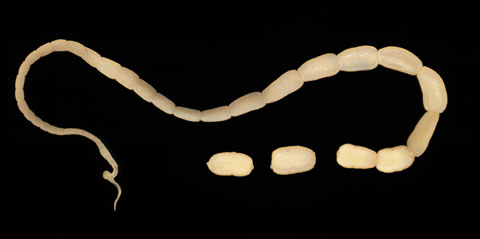
Parasitic infections in cats are a common health issue, with tapeworms being one of the most frequent intestinal parasites.
These infections can often be identified by visible signs in cat feces, including white spots resembling rice grains.
Identifying Tapeworm Infection
Tapeworm infection is typically evidenced by the appearance of small, white segments in a cat’s feces or around its anus.
These segments, which can look similar to grains of rice, are pieces of the tapeworm that have broken off.
The most common species of tapeworm found in cats is Dipylidium caninum, which they can contract from ingesting infected fleas during grooming.
- Common signs of tapeworms include:
- Weight loss
- Vomiting
- Diarrhea
- Visible white spots in the stool
If cat owners suspect tapeworms, they should seek veterinary diagnosis, as over-the-counter treatments may not be effective against all tapeworms.
Other Intestinal Parasites
Besides tapeworms, cats may also be host to other intestinal parasites that can cause health issues.
- Roundworms: Often found in kittens, these can be transmitted from the mother or through ingestion of the eggs. Infected cats may exhibit a pot-bellied appearance.
- Hookworms: These parasites attach to the intestinal lining and feed on blood, potentially leading to anemia. They are less commonly seen but can be particularly harmful.
- Coccidia: are microscopic parasites that can cause watery, mucous-like diarrhea in infected individuals. They are particularly dangerous for kittens due to the risk of dehydration.
- Giardia: While not a worm, Giardia is a single-celled organism causing diarrhea and weight loss. Contaminated water can be a source of giardia infection.
Prompt recognition and treatment of intestinal parasites are vital for maintaining the health and well-being of cats.
Regular fecal examinations by a veterinarian and preventive measures are recommended to control and prevent parasitic infections.
Related: How to Collect Cat Stool Sample: A Step-by-Step Guide
Diet and Nutrition Impact
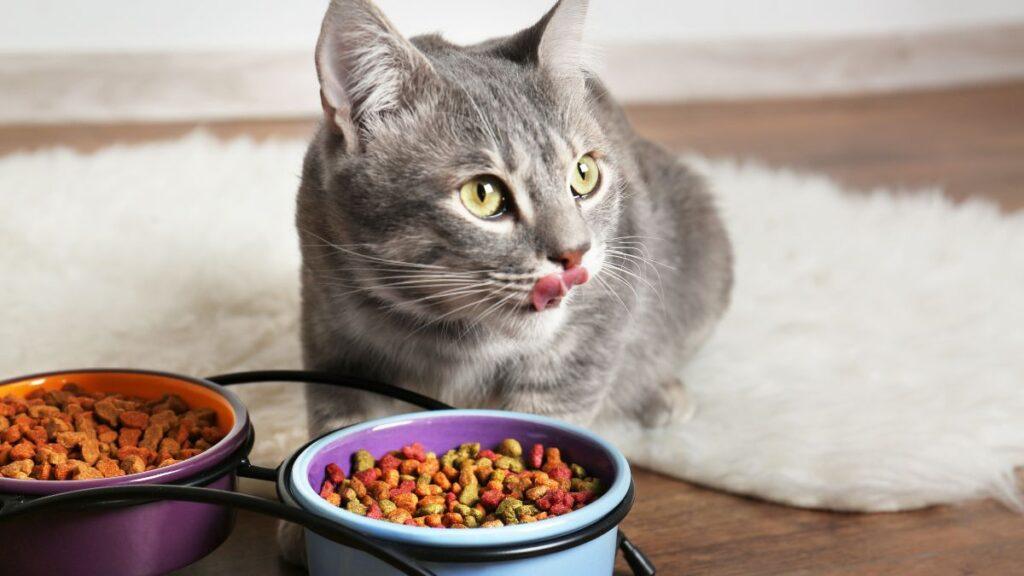
Diet and nutrition play vital roles in a cat’s health, including the color and consistency of its stool.
A cat’s diet directly affects stool color and texture, with variations often indicating dietary imbalances or changes that may need attention.
How Diet Influences Stool Color and Texture
Cats on a balanced diet typically produce brownish stool due to the presence of bile and bilirubin metabolized from the liver.
When a cat’s poop appears white, it often suggests a lack of bile, which may be due to a dietary issue or a more serious underlying health condition.
Poor diet or drastic dietary changes can lead to malabsorption or maldigestion, causing fats to be excreted in the stool, giving it a paler or greasier appearance.
Variables that affect stool color and texture:
- Type of food: High-meat diets usually result in darker stools.
- Fat content: Excessive fat can lead to paler stools.
- Bones and calcium: Diets high in bone content can cause whiter stool due to excess calcium.
Selecting the Best Diet for Your Cat
It is crucial to provide your cat with the best diet suited to its specific needs to maintain standard stool color and consistency.
A balanced diet for a cat should include a mix of proteins, fats, carbohydrates, vitamins, and minerals.
Commercial cat foods are typically formulated to meet these requirements, but selecting a high-quality option is essential.
Cats with digestive issues may require special prescription diets or supplements.
Consultation with a veterinarian is critical when selecting an appropriate diet or making dietary adjustments.
Home Care and Litter Box Management
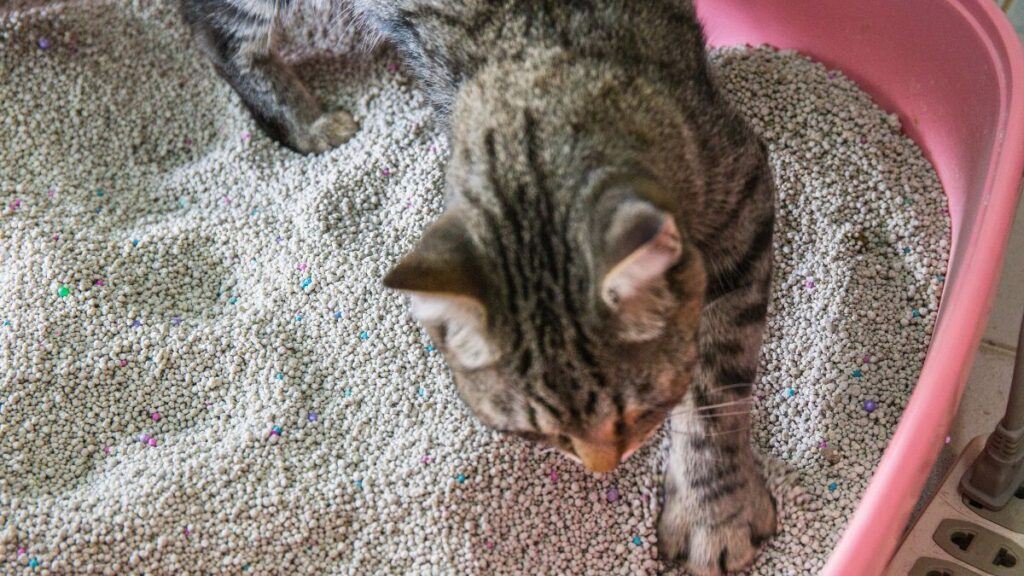
Proper litter box maintenance is crucial for a cat’s health and hygiene. This section details best practices for litter box care and monitoring feline waste.
Maintaining a Clean and Healthy Litter Box
Regular cleaning of the litter box ensures a sanitary environment for cats.
Scoop waste daily and replace the cat litter at least once a week.
Disinfect the litter tray with mild detergent; rinse thoroughly to remove any residue.
Schedule these tasks to prevent odor buildup and maintain cleanliness.
- Daily Tasks:
- Scoop feces and clumped urine.
- Weekly Tasks:
- Replace all cat litter.
- Wash and disinfect the litter tray.
Observing Changes in Poop Consistency
Monitor your cat’s poop consistency, as changes can indicate health issues. White poop may suggest issues with bile ducts or liver health.
If these persist, note any significant color, texture, or frequency alterations and consult a veterinarian.
Related: Cats’ Dental Secrets: How to Spot Trouble and Ensure a Healthy Mouth
Professional Diagnosis and Treatment
When white stool is observed in cats, a veterinarian must conduct thorough diagnostic tests to identify the underlying cause and prescribe specific treatments.
Conducting Diagnostic Tests
A veterinarian typically obtains a stool sample to examine the cat’s fecal matter for anomalies.
Diagnostic tests may include blood work, ultrasound, x-rays, and specialized stool analysis, including a fecal occult blood test, to check for possible health issues like digestive disorders or liver problems.
Providing Specific Treatments
Once diagnostic tests have been completed and a diagnosis made, the veterinarian will determine the specific treatments required.
Treatments can range from:
- Medication: Administering antibiotics or anti-parasitic drugs if an infection is found.
- Dietary Changes: Recommending a special diet if a food intolerance or allergy is detected.
- Surgery: In more severe cases involving obstructions or tumors, surgical intervention might be necessary.
The goal is to address the condition causing the symptoms and restore the cat’s health.
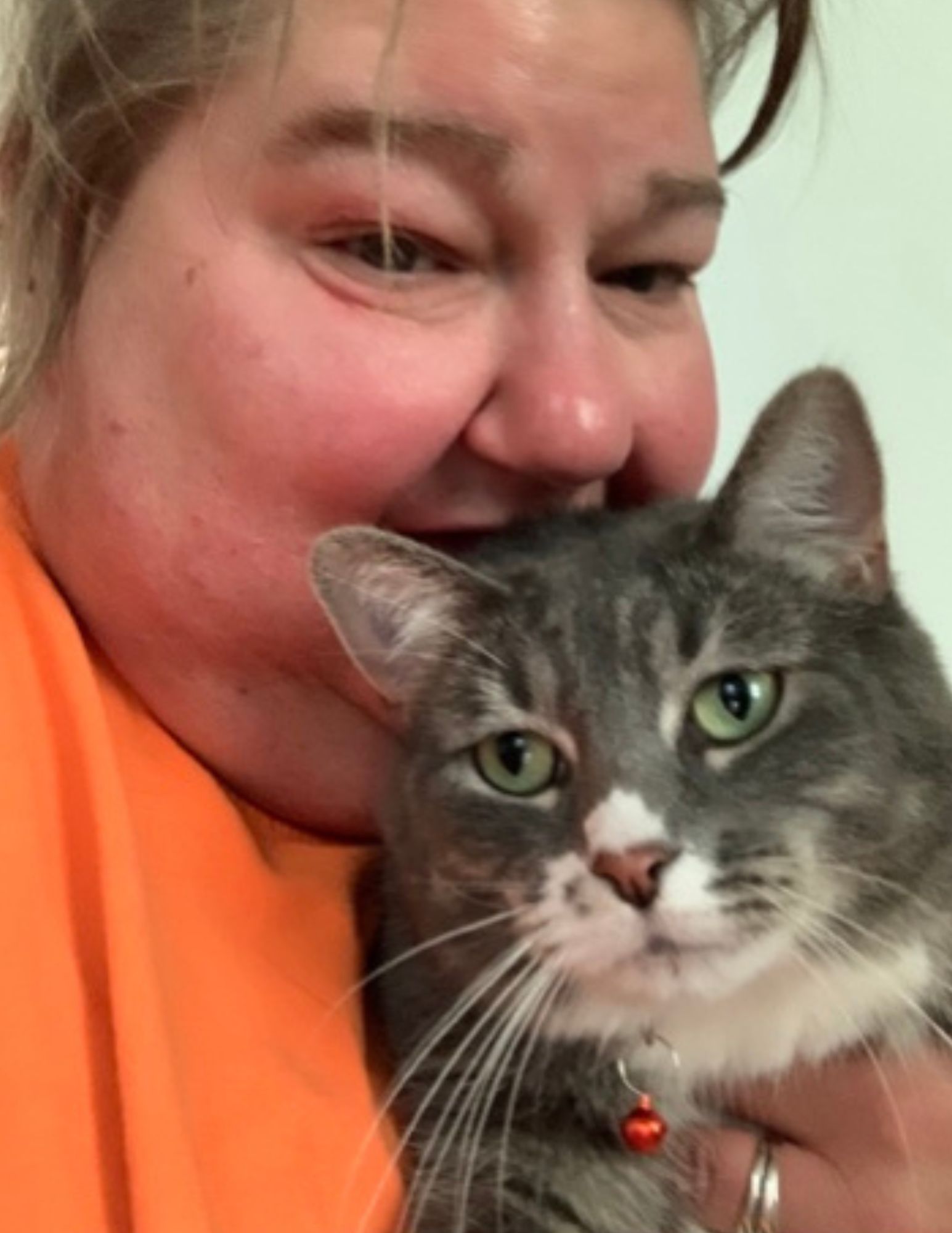
Meet Ann Haasnoot, the passionate founder of CatFurLife.com. A lifelong cat lover from Wisconsin, Ann combines her extensive feline behavior and care knowledge with her love for writing. On her website, she shares invaluable insights about cat breeds, care tips, and her experiences with her beloved furbaby, aiming to deepen the bond between cats and their human companions.

